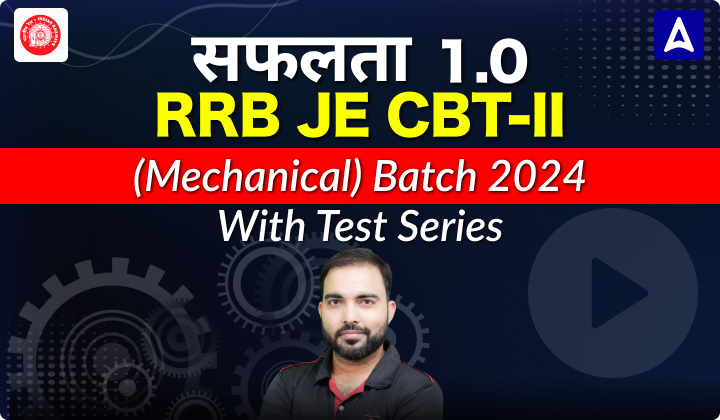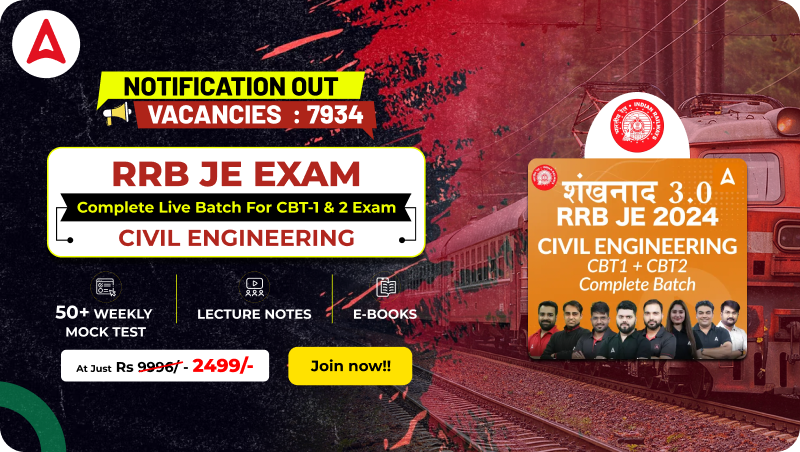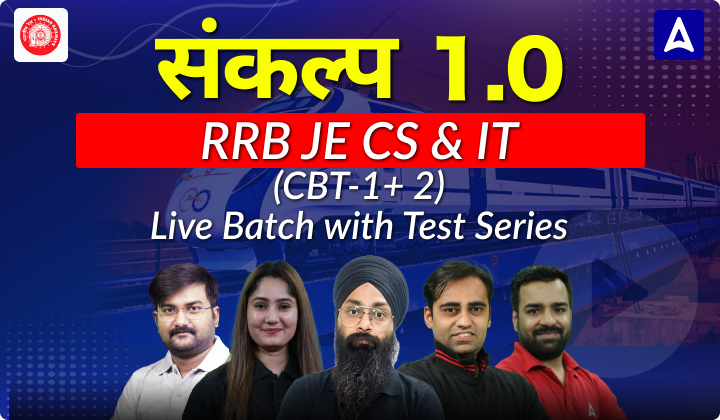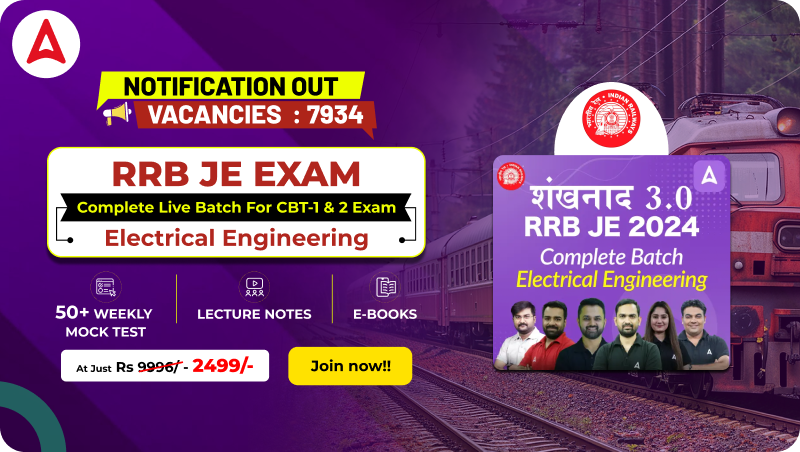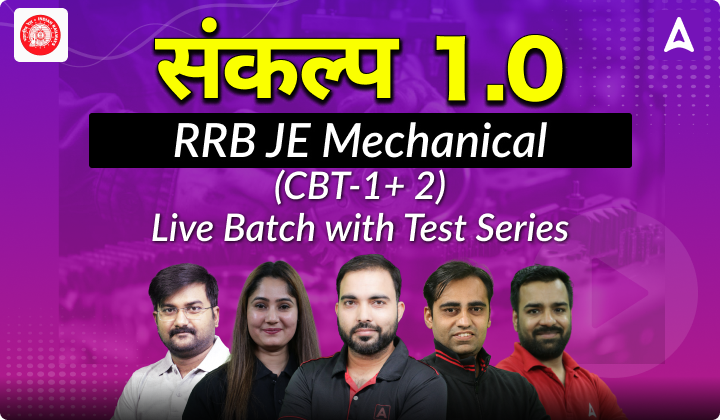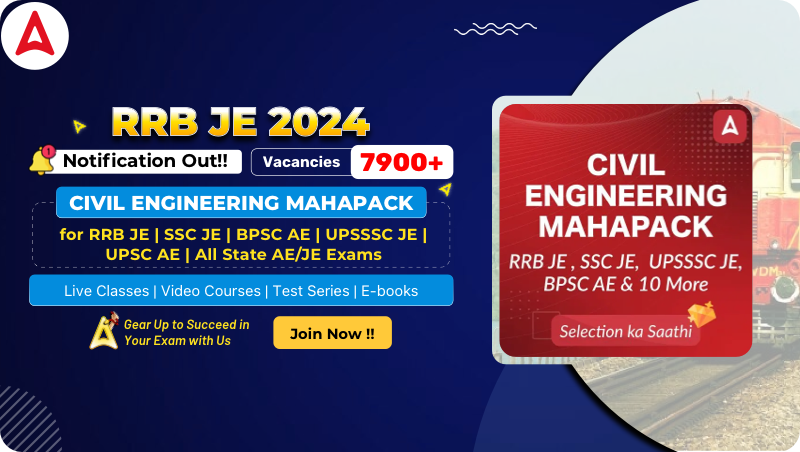Quiz: Civil Engineering
Exam: RRB-JE
Topic: Miscellaneous
Each question carries 1 mark
Negative marking: 1/3 mark
Time: 10 Minutes
Q1. In Engineering Drawing, the parts which are NOT visible like hidden outlines and edges of a structures are usually represented by
(a) Dashed narrow lines
(b) Long dashed double dotted wide line
(c) Long-dashed dotted wide line
(d) Dashed wide lines
Q2. Title block is drawn on the
(a) Right hand side bottom corner
(b) Left hand side bottom corner
(c) Right hand side top corner
(d) Left hand side top corner
Q3. What is the unit of measurement of pointing?
(a) Meter
(b) Cubic meter
(c) Kilograms
(d) Square meter
Q4. The line which is used to collect the details of the objects in an area is called …………
(a) Base line
(b) Check line
(c) Main line
(d) Tie line
Q5. For roof truss, the member which is used as transverse member between two adjacent trusses is called as
(a) Principal rafter
(b) Common rafter
(c) Purlin
(d) All the above are true
Q6. If the initial setting time of cement is 5 minutes, it can be classified as
(a) Quick setting cement
(b) Rapid hardening cement
(c) Sulphate resisting cement
(d) Low heat cement
Q7. The water available in unit volume of an aquifer is called
(a) Specific storage
(b) Specific retention
(c) Specific yield
(d) None of the above
Q8. Lacustrine soils are those soils which are:
(a) Deposited in sea water
(b) Deposited at the bottom of the lake
(c) Transported by running water
(d) Transported by wind
Q9. Excess of silica in the clay-
(a) Makes the brick brittle & weak
(b) Changes the color of brick from red to yellow.
(c) Improves impermeability and durability of the brick
(d) Makes the bricks crack and warp on drying
Q10. Turbidity is the measure of relative clarity of a liquid (water), and one of its units of measurement is
(a) MPN
(b) NTU
(c) Moles
(d) Grams
Solutions
S1. Ans.(a)
Sol. In Engineering Drawing, the parts which are NOT visible like hidden outlines and edges of a structures are usually represented by Dashed narrow lines.
S2. Ans.(a)
Sol. Title block is drawn on the right-hand side bottom corner.
S3. Ans.(d)
Sol. Pointing, shuttering, D.P.C, plastering, painting, distempering, varnishing etc. are measured in terms of square meter.
S4. Ans.(d)
Sol. Lines used in surveying →
Main line → These lines connect main stations also called survey line or chain line.
Check line → It is used to check the accuracy of work.
Base line → It is the biggest central line which divide the whole area into two parts.
Tie line → It is used for detailing of features or nearby objects in area and join some fixed points on the main survey line.
S5. Ans.(c)
Sol. Purlins are the longitudinal horizontal beam that is sitting on principle rafter which is used as transverse member between two adjacent trusses.
S6. Ans.(a)
Sol.
| Type of cement | Initial setting time | Final setting time |
| 1. Quick setting cement | 5 min | 30 min |
| 2. Rapid hardening cement | 30 min | 10 hours |
| 3. Sulphate resisting cement | 30 min | 10 hours |
| 4. Low heat cement | 60 min | 10 hours |
S7. Ans.(b)
Sol. Specific retention is the volume of water retained against gravity from a unit volume of aquifers.
Relation between specific yield (S_y), specific retention (S_R) and porosity(n) is given by-
▭(S_y+S_R=n)
S8. Ans.(b)
Sol. Lacustrine soil – It is the soil which is deposited from suspension. In still water in lakes.
S9. Ans.(a)
Sol. The percentage of silica in a good brick earth is 50-60%. It is responsible for strength, shape and hardness. It is in excess then makes the brick brittle and weak.
S10. Ans.(b)
Sol. As per GOI, the turbidity of water is measured in NTU (Nephelometric turbid unit). The permissible limit of turbidity in in drinking water is 1-10 NTU.


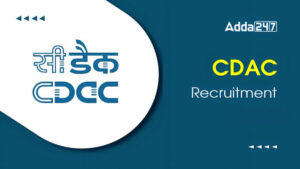 C DAC Noida Recruitment 2024 Out, Apply ...
C DAC Noida Recruitment 2024 Out, Apply ...
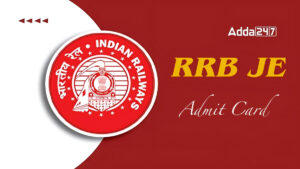 RRB JE Admit Card 2024 @indianrailways.g...
RRB JE Admit Card 2024 @indianrailways.g...
 NMDC JOT Admit Card 2024, Direct Link to...
NMDC JOT Admit Card 2024, Direct Link to...


